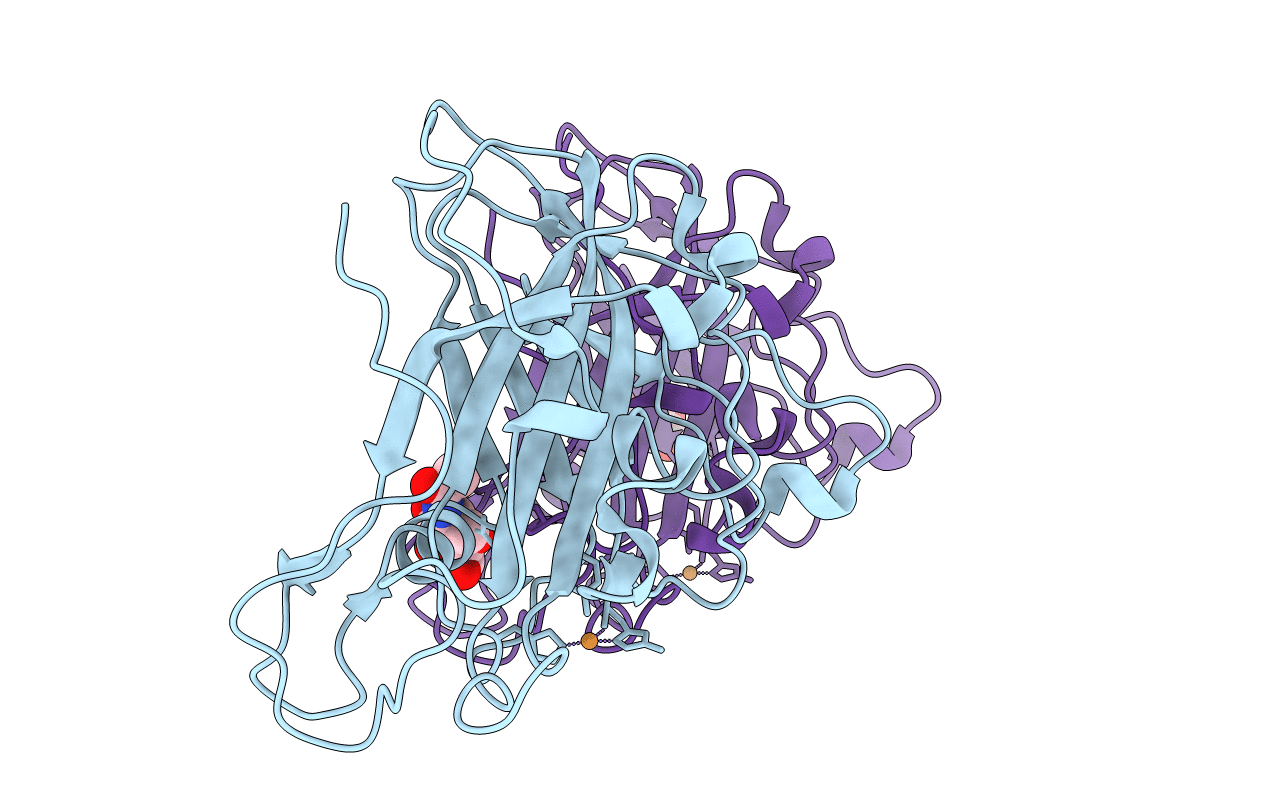
Deposition Date
2021-09-28
Release Date
2022-03-16
Last Version Date
2024-01-31
Entry Detail
PDB ID:
7PU1
Keywords:
Title:
High resolution X-ray structure of Thermoascus aurantiacus LPMO
Biological Source:
Source Organism:
Thermoascus aurantiacus (Taxon ID: 5087)
Host Organism:
Method Details:
Experimental Method:
Resolution:
1.06 Å
R-Value Free:
0.11
R-Value Work:
0.11
Space Group:
P 1 21 1


